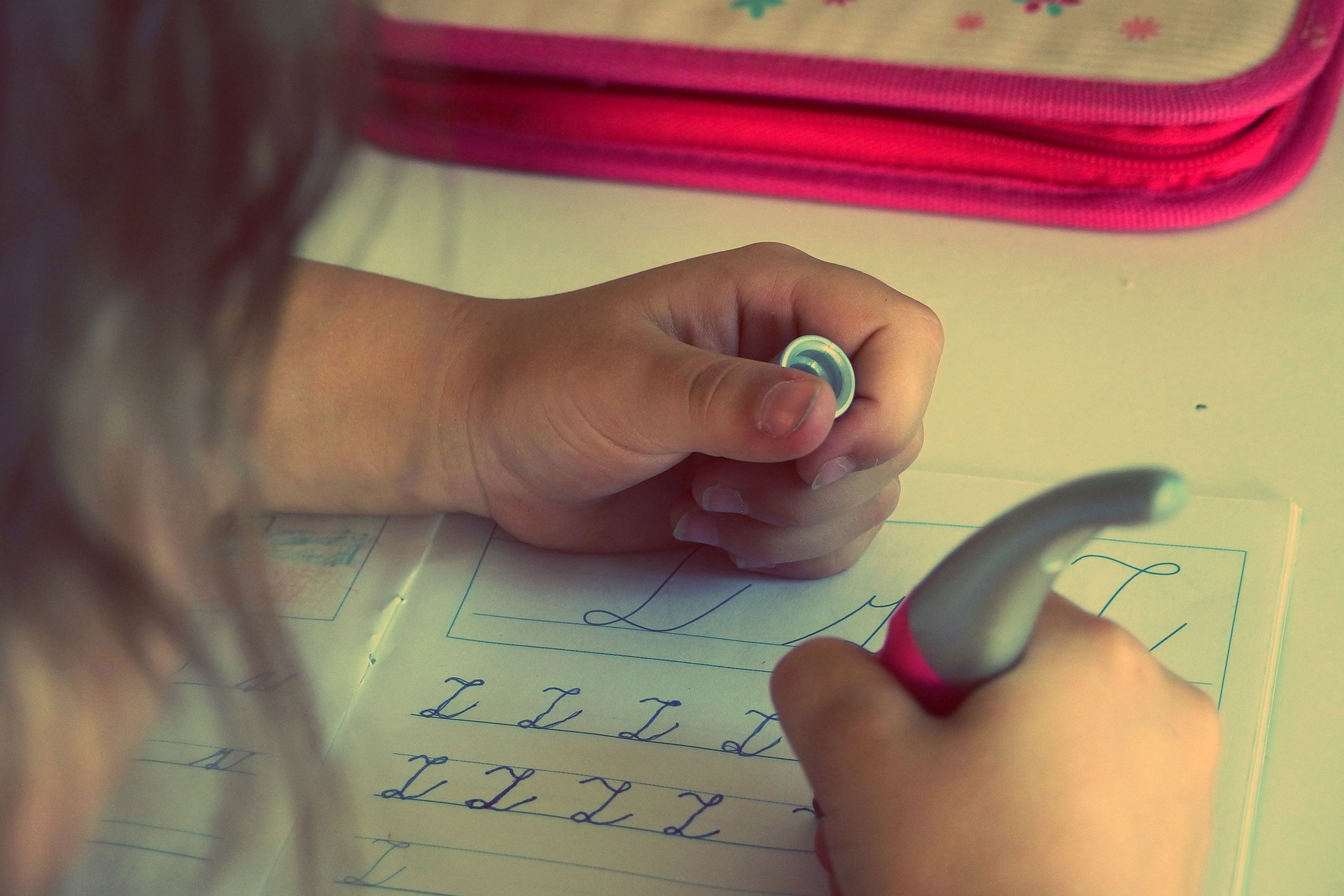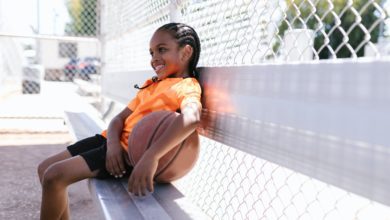
Teachers Are Bringing Mindfulness to the Classroom
You might think that children are carefree and happy all of the time. They don’t have jobs, bills, or others to care for, so what could they possibly have to worry about? Well, the truth is that today’s children are stressed and experiencing anxiety and depression more than in past generations.
What’s more, the Anxiety and Depression Association of America reports that about 80 percent of children with diagnosable anxiety aren’t getting the treatment they need. When they have fears that won’t go away, children can struggle with symptoms of anxiety-like restlessness, trouble concentrating, irritability, and difficulty sleeping at night. All of this can make learning in a classroom every day a daunting task.
Teachers have many professional challenges they must overcome. They may struggle to find time to plan lessons, meet high expectations set by their school’s administration, and reach or exceed state and national benchmarks. If they have a room full of children who are stressed out and worried, they probably won’t be able to reach these critical milestones. This is why many educators have turned to mindfulness as a daily practice for themselves and their students to achieve more and reach their goals.
What Is Mindfulness?
When you think of mindfulness in the classroom, you might imagine a roomful of children sitting with their legs crossed, chanting “Om,” and think to yourself that it just won’t happen. But, the reality is that mindfulness doesn’t necessarily mean the same thing as meditation. Mindfulness is being present in the moment, looking inward and outward easily (and even joyfully!) For both children and adults, the simplest way to achieve this state of mind is through the five senses — identifying thoughts, feelings, and body sensations.
Benefits of the Mindful Classroom
When you slow down and engage with the world around you, your physical, mental, and emotional health improves. Even though children may connect on a different level, the benefits of mindfulness still ring true. Here are a few of the benefits students and teachers notice when mindfulness is part of daily classroom activities.
Advanced Communication
Verbal and nonverbal communication is almost as crucial to human existence as eating. In fact, if you need food, water, or to use the restroom in school, you’re probably going to have to go about the proper way of getting permission. This means a child will need to speak, listen, show understanding, and follow directions so that they can get their basic needs addressed.
Having children pay attention to the world around them and slow down their actions is an essential part of mindfulness and an excellent way to improve communication skills. Mindful communication requires each child to listen and wait patiently for others to finish before they speak. Teachers might also expect a child to verbally state when they understand the instructions they’ve been given, rather than just moving forward without that acknowledgment.
Another crucial part of mindful communication in the classroom is eliminating harsh language. When children are kind and compassionate to those around them, schoolwork gets done more efficiently and quite possibly with a higher level of purpose, alongside the added benefits of building a positive environment for children to live and learn in.
Improved Understanding of the World
Imagine a class of first or second-graders learning how to garden, compost, or conserve energy by reducing electricity use. These activities can easily be incorporated into science and math lessons. However, they are also an excellent fit for mindfulness strategies too.
When children are taught to pay attention to their environment and are allowed to participate in activities like planting a garden each spring, it might not be long before they’ve convinced mom and dad to plant their own garden at home. With each child that learns news skills, one teacher could spur 30 or more families to think about the environment, sustainability, and how to live in a more eco-friendly manner. Not only will this help the planet today, but as these children grow into adults with these skills, it could impact our world for years to come.
How to Get Started
If you’re wondering how to increase mindfulness in your classroom, it might be easier than you think. Mindfulness can be incorporated in almost every subject you teach. You can even show it when children are having fun, like during a friendly match on one of the board games you have in the classroom. Change up the rules a bit and make sure that every child follows the instructions, takes turns, and works together to have fun.
Another quick and easy way to incorporate mindfulness is to choose a mindful word of the day. Pick something that feels calming, like “love” or “peace.” Have everyone sit quietly and tell them to repeat the word silently to themselves in their mind. Once they are quietly pondering the mindful word, instruct them to begin breathing in through their nose and out through their mouth slowly and evenly. Remind them that if they feel their mind wander, they can go back to thinking about their breathing and silently repeating the word.
Challenge the students to see if they can do this for one whole minute. Set a classroom goal of increasing the mindfulness word activity by 10 or 15 seconds each day to see how long they can do it in one week or month. When you finish the activity, ask the kids how they felt while practicing mindfulness.
This is just one example of how you can practice mindfulness with your students. Always be on the lookout, exploring other activities to find ones that resonate with your students.
New Skills for a New Generation
As a teacher, you are one of the most important people in your students’ lives. Your job is to nurture the physical, emotional, social, and cognitive development of your students. Adding mindfulness to your curriculum will not only help you in this endeavor, it will also give your pupils a tool that will help them find a measure of peace in an increasingly hectic world.






